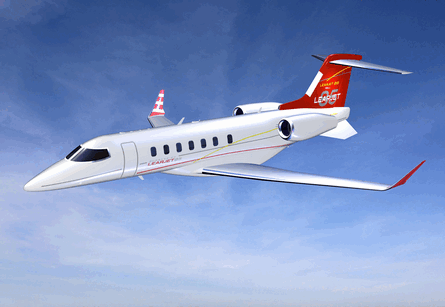Wichita's National Institute for Aviation Research has secured a $10-$20 million long-term contract with Bombardier to help the airframer gain US Federal Aviation Administration certification of its first all-composite aircraft, the super-midsize Learjet 85. The contract, the largest to date for the institute, comes amid mass layoffs at the Cessna and Hawker Beechcraft lines in Wichita.
Part of Wichita State University, the research institute has been developing composites expertise for more than 10 years, and has a staff of 150 full-time employees with more than 400 years of combined experience in the materials, says John Tomblin, executive director. "We will do everything you need to do structurally to take the aircraft through FAA certification, from small coupon testing, to durability and damage tolerance work to full lifetime testing on the airframe," says Tomblin.
Sixteen laboratories focus primarily on airframe technologies at the institute, which has been working with Bombardier on materials selection since the launch of the eight-passenger, Pratt & Whitney PW307B-powered Learjet 85, then called the NXT, in October 2007. Bombardier had originally contracted German composite aircraft manufacture Grob Aerospace, to build the first three prototypes. Bombardier severed its relationship with Grob last September after Grob declared bankruptcy, resolving to design and build the prototypes in Wichita.
Tomblin says he has "one of the best non-metallic full-scale testing crews there are", with extensive experience on the Beech Starship, Raytheon Premier I, Hawker 4000 composite aircraft and Boeing X-45 programmes.
 |
|---|
© Bombardier |
Source: Flight International























